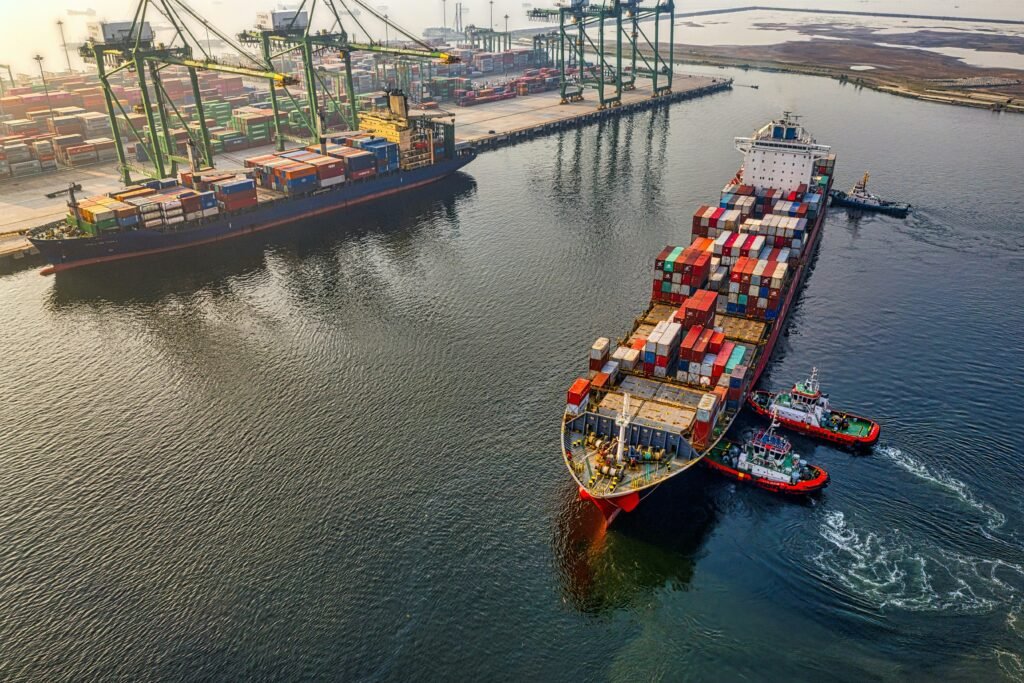Europe’s liquefied natural gas (LNG) imports surged in January 2025 as colder winter temperatures accelerated demand for alternative energy sources amid ongoing geopolitical tensions and supply uncertainties. European buyers increasingly turned to Asian LNG suppliers to fill the growing gap left by constrained Russian pipeline deliveries, triggering a notable shift in global LNG trade flows.
Winter demand drives surge in European LNG imports
The first month of 2025 saw a significant uptick in LNG shipments heading to Europe, with data from energy tracking agencies revealing a 20% increase compared to the same period last year. The spike was primarily driven by the early onset of colder weather across the continent, which boosted natural gas consumption for heating and power generation.
Europe’s efforts to diversify its energy sources away from traditional Russian pipeline gas have intensified since 2022, following Russia’s invasion of Ukraine. The continent’s heavy reliance on pipeline imports had exposed vulnerabilities that became starkly apparent during supply disruptions in previous winters. This winter’s surge in LNG imports marks a continuation of that strategy, as European countries ramp up spot market purchases and long-term agreements with LNG exporters beyond Russia.
Asia’s LNG exports pivot to Europe amid own supply flexibility
Asian LNG exporters, notably Qatar, Australia, and Malaysia, have responded to Europe’s increased demand by reallocating cargoes originally destined for Asian markets. Analysts from the International Energy Agency (IEA) noted that Asia’s relatively mild winter season and increasing renewable energy deployment allowed some flexibility in LNG consumption, freeing up volumes for European buyers.
According to shipping data, LNG cargoes bound for Europe have crossed the Suez Canal in greater numbers than usual this winter, reflecting a distinct shift in trade flows. This re-routing has caused ripple effects in Asian markets, where buyers have faced tighter spot market competition but have managed through increased pipeline imports from Russia and Central Asia, alongside domestic production.
Energy security and market dynamics in focus
The ongoing shift in LNG trade flows underscores the evolving dynamics of global energy security. Europe’s pivot to LNG imports from Asia highlights a broader reconfiguration of supply chains shaped by geopolitics, weather, and market economics. While European governments have invested heavily in expanding LNG import infrastructure—including new terminals and storage facilities—Asian exporters are navigating the challenges of balancing regional demand with lucrative spot sales to Europe.
Dr. Mei Ling Chen, an energy analyst at the Asia-Pacific Energy Research Centre, commented, “The current winter has crystallized the interconnectedness of global LNG markets. Asia’s ability to flex its demand has been crucial in supporting Europe’s energy needs, but this balancing act is delicate. Any sustained cold spell in Asia or additional supply disruptions could tighten the market globally.”
Looking ahead: normalization expected but uncertainties remain
As the northern hemisphere moves into late winter and early spring, seasonal demand for LNG in Europe is expected to gradually ease. Industry forecasts suggest that the pronounced surge in imports is likely temporary, with consumption patterns returning closer to historical norms by March or April.
However, uncertainties remain around the trajectory of geopolitical developments, potential supply disruptions, and broader energy transition policies that could influence LNG markets. Europe’s commitment to reducing carbon emissions and increasing renewable energy capacity is expected to reduce fossil fuel dependency over the long term, but LNG remains a critical bridging fuel.
Implications for global LNG trade and pricing
The reallocation of LNG cargoes from Asia to Europe has exerted upward pressure on global LNG prices, particularly in spot markets. European hubs such as the Dutch Title Transfer Facility (TTF) recorded elevated price levels in January, reflecting the urgency of securing cargoes amid tight supply conditions.
Market participants are closely monitoring the balance between Asian demand recovery post-winter and Europe’s ongoing LNG appetite. The fluidity of LNG trade flows reinforces the importance of flexible supply chains and diversified sourcing strategies for energy importers worldwide.
Conclusion
Europe’s LNG import surge in January 2025 highlights the shifting landscape of global energy trade amid seasonal and geopolitical factors. The redirection of Asian LNG cargoes to Europe illustrates the intricate interplay between regional demands and global market dynamics. While seasonal demand is expected to normalize in the coming months, the episode underscores LNG’s pivotal role in bridging energy security gaps during transitional periods.
Disclaimer: This article is for informational purposes only and does not constitute financial advice.













